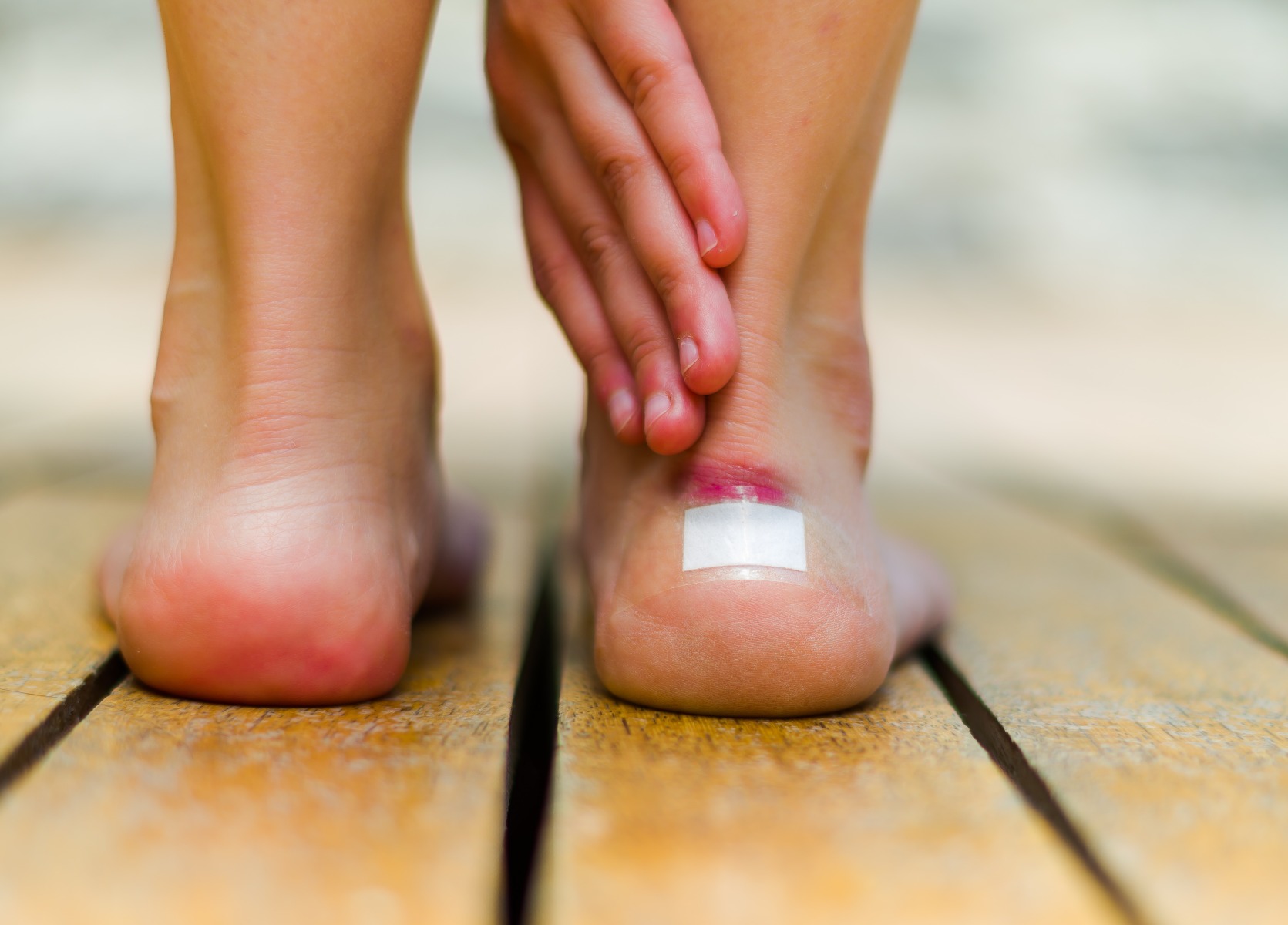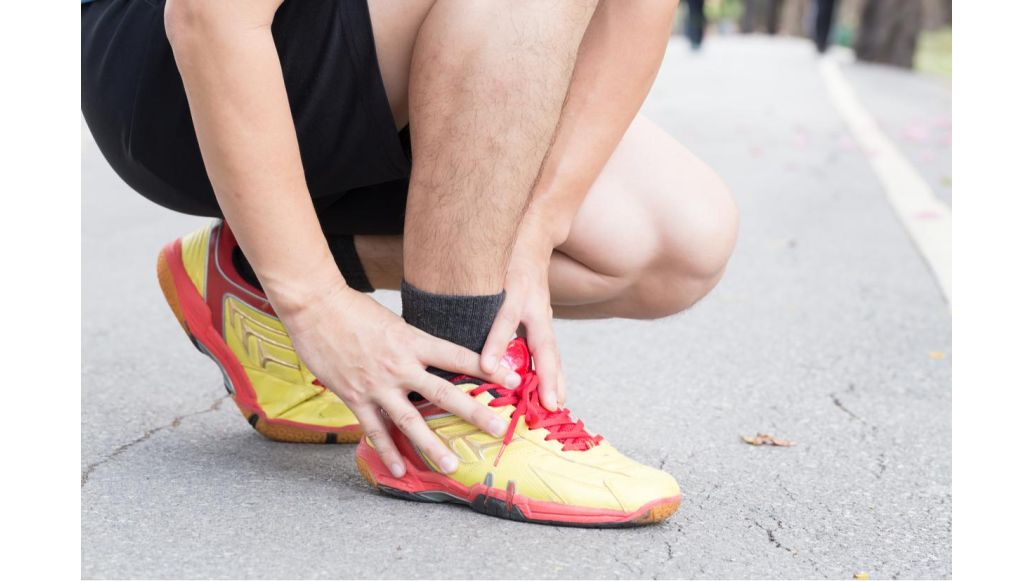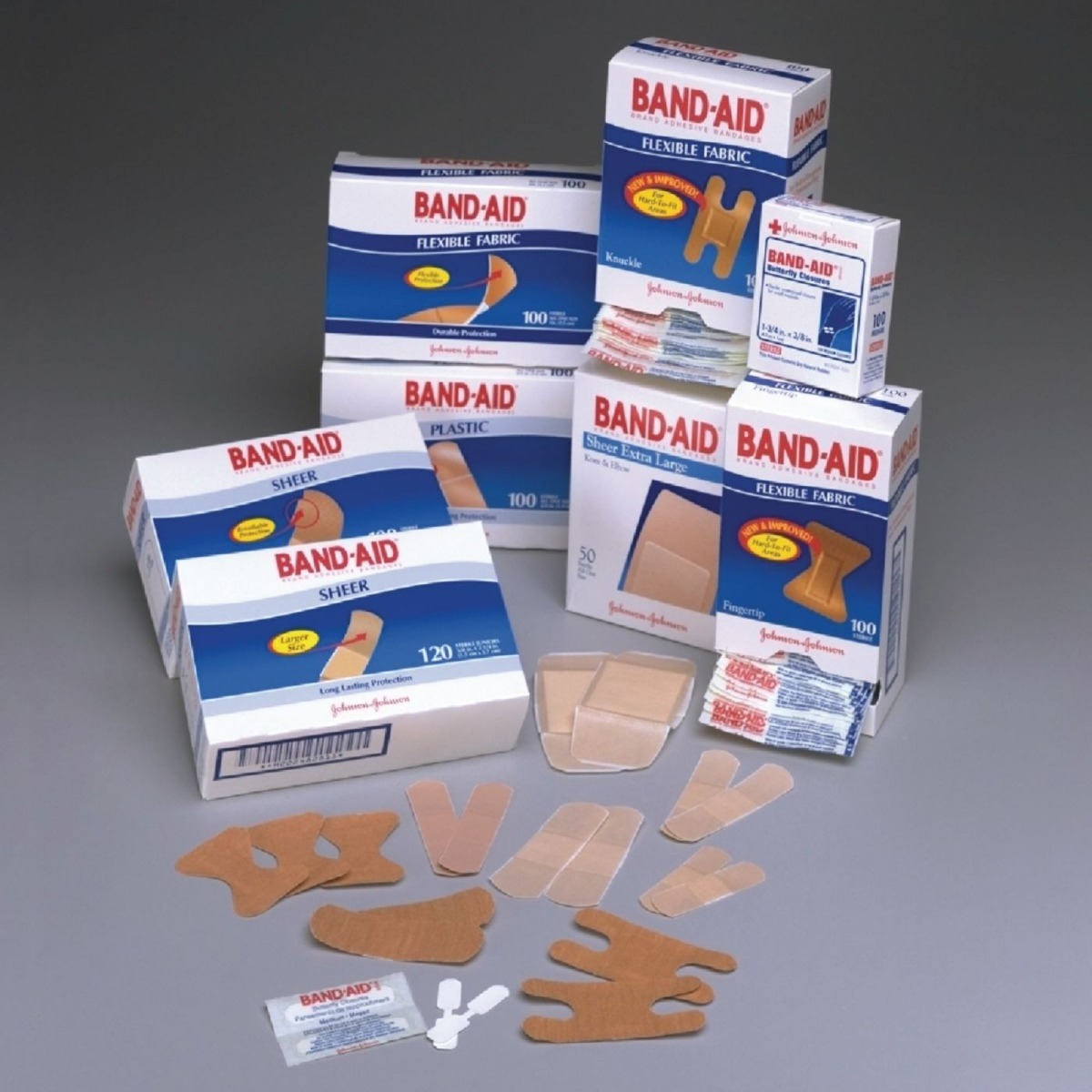Key Takeaways
- Blisters are a painful and annoying problem that affect a variety of athletes from runners to weightlifters
- Friction between your skin and your sock/shoe/clothing/skin can cause a blister
- Properly fitting shoes and blister protection can help prevent future blisters
- How you should treat a blister depends on its size
- Learn how athletes can treat and prevent blisters
Top Products in This Article
It's estimated that up to 39% of marathon runners experience a blister during the race.1 And runners aren’t the only athletes at risk for blisters. Soccer players, weightlifters, baseball players, basketball players, gymnasts, and many other athletes also suffer from painful blisters. Learn how to prevent and treat blisters now!
- Watch this short video to learn the basics!
- What causes blisters?
- How do I prevent blisters?
- How do I treat blisters?
Watch this short video to learn the basics!
What causes blisters?

Ouch! Annoying and painful foot blisters are caused by friction, usually between your skin and your shoe or sock. Blisters are most common on your feet and may occur in runners, soccer players, basketball players, or other athletes.
Hand blisters are also caused by friction, usually from using a tool or sports equipment too much. For athletes, this might be from a tennis racquet, boat oars, gymnastics equipment (such as high bars), or baseball bat. For this reason, hand blisters are more common in tennis players, rowers, gymnasts, and baseball players.
Anything that increases rubbing can cause a blister, including:
- Poor-fitting shoes
- A faster running pace
- Moist socks while hiking
- Foot abnormalities such as bunions, heel spurs, and hammertoes
- Skin rubbing together or your skin rubbing against your clothing
Blisters are more likely when:
- You have a pressure point in your shoe caused by a wrinkled sock or tight fitting shoe
- There’s a shearing force that grabs onto your skin and slides, like inside the heel of your boot or even inside a glove if you’re gripping a weight while weightlifting
- Moist skin due to sweat or if you’re running in the rain, is softer skin, which is more susceptible to damage when friction occurs
How do I prevent blisters?

Ready to prevent blisters? Here are some tips that can help reduce your chance of getting a blister!
- Make sure your shoes fit properly.
- Get shoes that aren’t too tight or too loose to avoid pressure points and slippage. Take the time to wear them before race day or your big game to break them in.
- Wear nylon or moisture-wicking socks.
- If wearing one pair of socks doesn’t work, try wearing two pairs to reduce the friction on your skin.
- Wear moisture-wicking, loose-fitting clothes.
- Avoid cotton which absorbs sweat and can lead to chafing.
- Change out of wet socks.
- Bring an extra pair so you can switch into dry socks, if needed.
- Be prepared to deal with problem spots.
- If you have a hot spot that feels uncomfortable and looks red, stop and apply protection to prevent a blister. Otherwise, you may get a blister.
- Use athletic tape to protect your skin and help prevent blisters.
- Adhesive moleskin is a durable option that sticks well and can also be used to protect your skin.
- Products like 2nd Skin can be used on hot spots.
- Apply petroleum jelly or other lubricants to reduce friction when your skin rubs together or rubs against clothing.
- In the future, be proactive and protect any trouble spots ahead of time.
Prevent blisters with these products!
How do I treat blisters?
If you get a blister, try to be patient and leave it alone as it heals.
For smaller blisters:
- Leave the blister intact, don’t pop it! The skin acts as a protective barrier and keeps the environment sterile.
- To protect the blister, use the donut method. Cut a piece of moleskin into a donut shape so the hole in the middle surrounds the blister and keeps your sock from rubbing and further irritating the area. Then, cover the blister and padding with a loosely wrapped bandage or another layer of moleskin.

- You can also cover the blister using a bandage with gel, like 2nd Skin to cool and soothe the area. Or cover the blister with a clean bandage.
For larger blisters:
- Some blisters are so large and painful that they need to be drained.
- Wash your hands and wipe off a needle with rubbing alcohol to sterilize it.
- Don’t put the needle in a flame, the carbon particles can irritate your wound.
- Carefully insert the needle to pierce the edge of the blister and allow the fluid to drain.
- Wash the area with soap and water. Don’t remove the “roof” of the blister. It will protect the raw skin as it heals.
- Dress the blister like you would a wound, using antibiotic ointment and gauze or a bandage.5
- For added protection, you can use the donut method explained above.
- Watch for signs of infection including redness, increased pain or swelling, pus, or red streaks traveling to the nearest lymph node. If you see signs of infection, seek medical attention.
A blister under the nail is best treated by a professional.
Don’t let a blister keep you from the sport you love! Follow these tips to treat and prevent any blisters.

References
1. Richie, D. (2010). How to Manage Friction Blisters. Podiatry Today. Retrieved from https://bit.ly/3xud8ST
2. American Academy of Dermatology Association. (n.d.). How to Prevent and Treat Blisters. American Academy of Dermatology Association. Retrieved from https://bit.ly/3xpXsAe
3. Schimelpfenig, T & Henkes, B. (n.d.). Blister Prevention and Care. REI. Retrieved from https://bit.ly/3aG7Aep
4. Cimons, M. (2020). Blister Treatment and Prevention Tips That’ll Save Your Poor Feet. Runner’s World. Retrieved from https://bit.ly/3nmEvd7
5. Children’s Hospital Colorado. (n.d.). Blisters. Retrieved from https://bit.ly/3gwzddh
6. Seattle Children’s. (2021). Blisters. Retrieved from https://bit.ly/3qmCOxS
Medical Disclaimer: The information provided on this site, including text, graphics, images and other material, are for informational purposes only and are not intended to substitute for professional medical advice, diagnosis or treatment. Always seek the advice of your physician or other healthcare professional with any questions or concerns you may have regarding your condition.








 France
France Australia
Australia



















